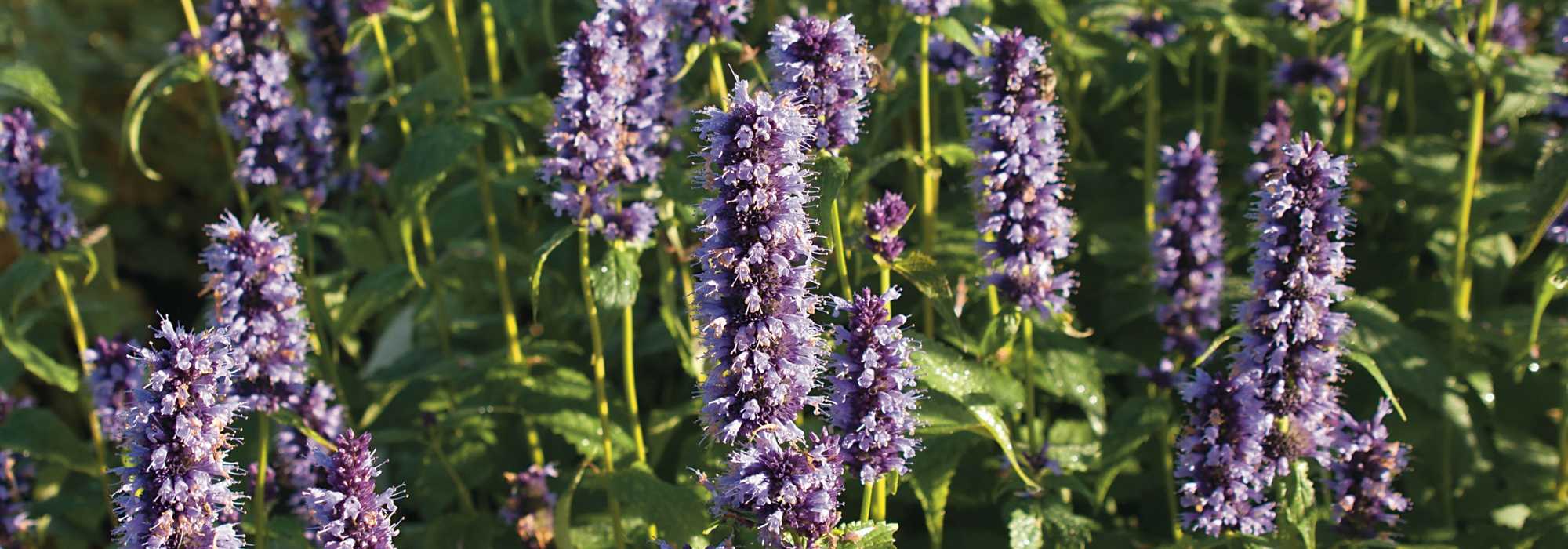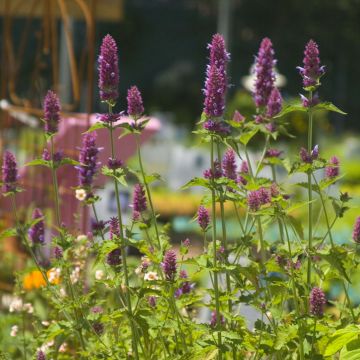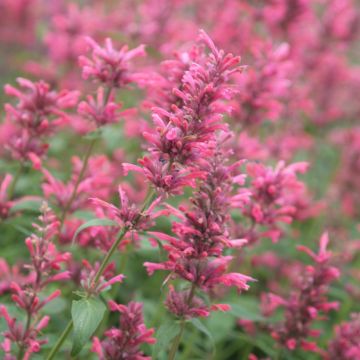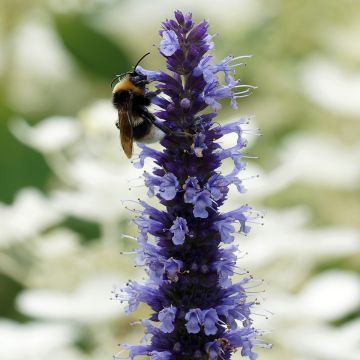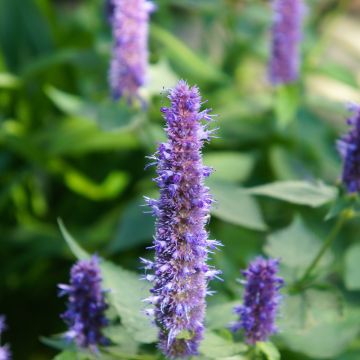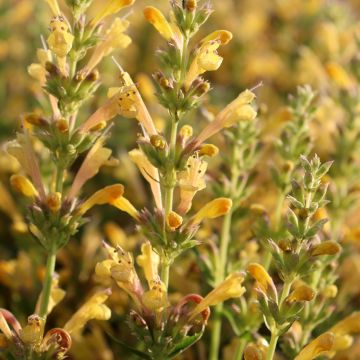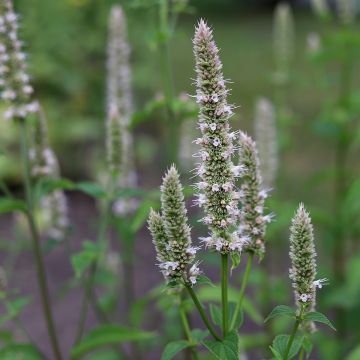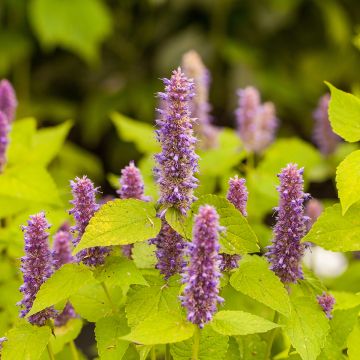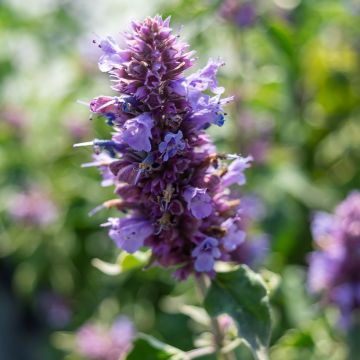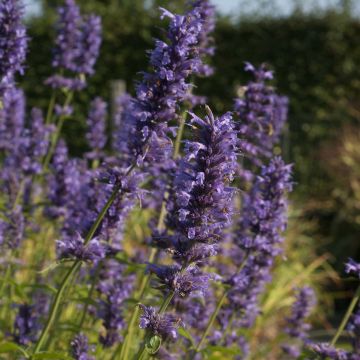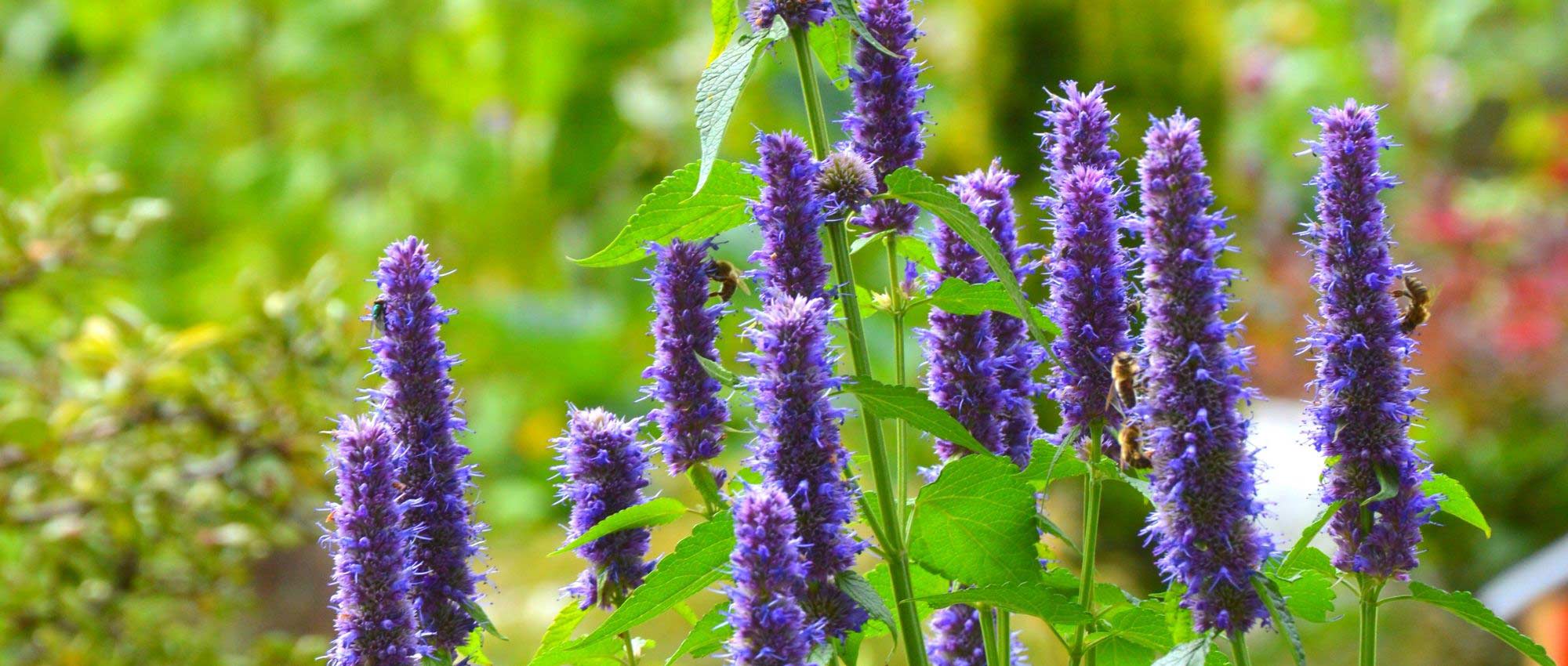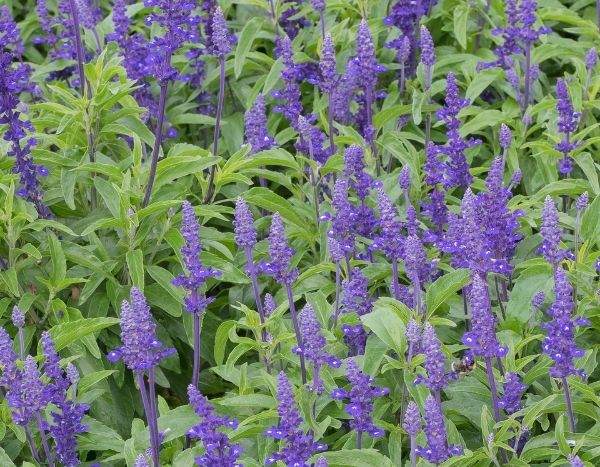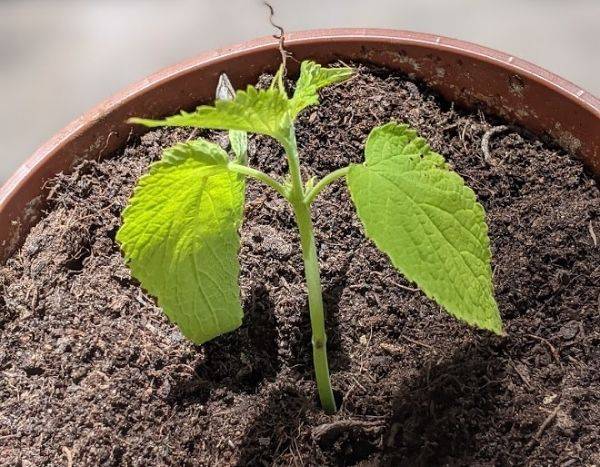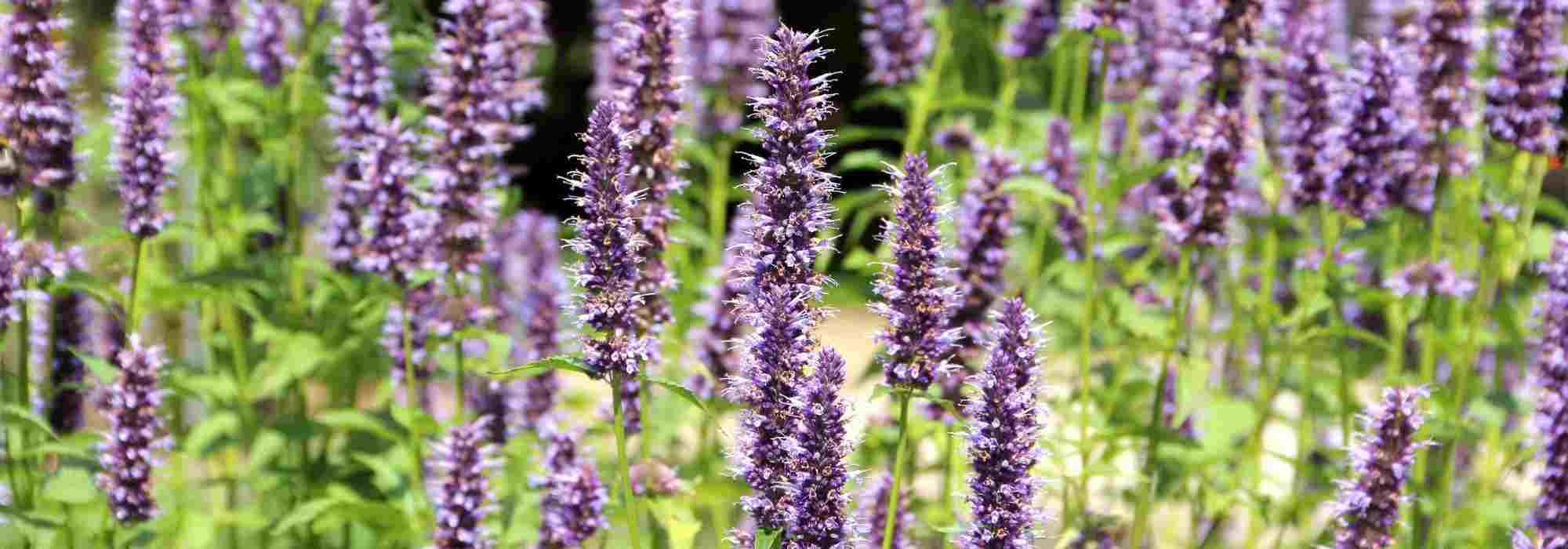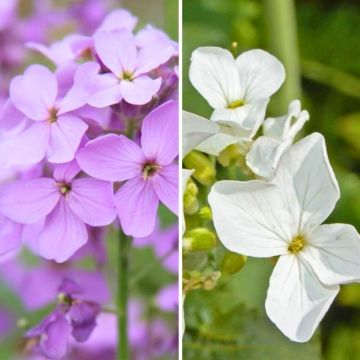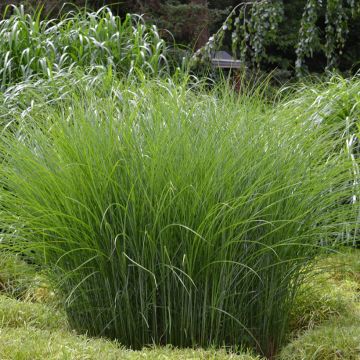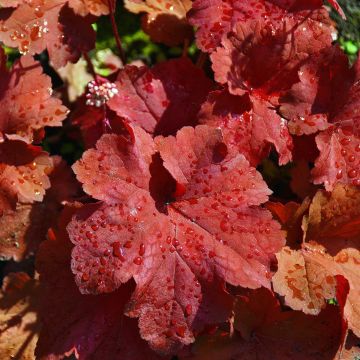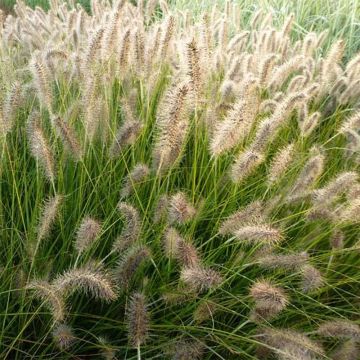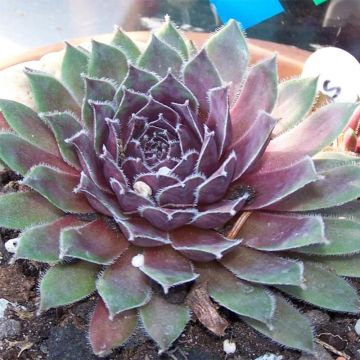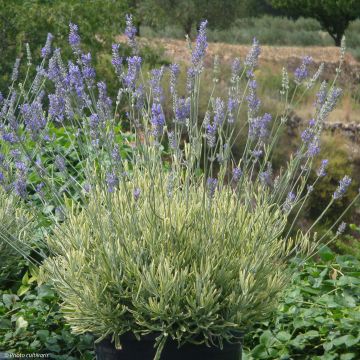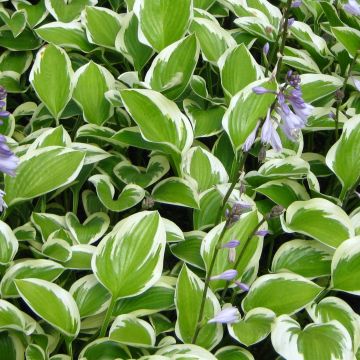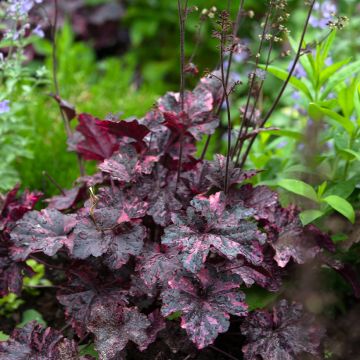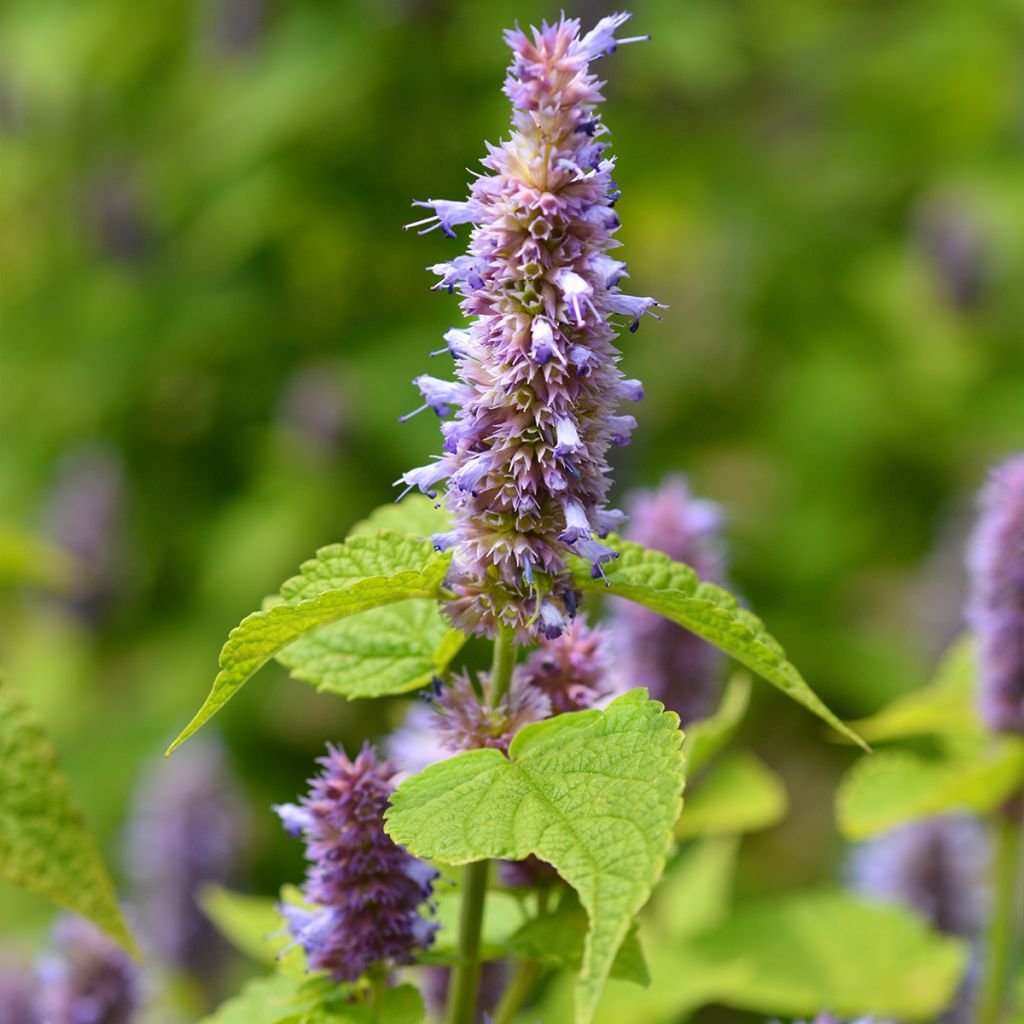

Agastache foeniculum (anisata) - Anis hysope
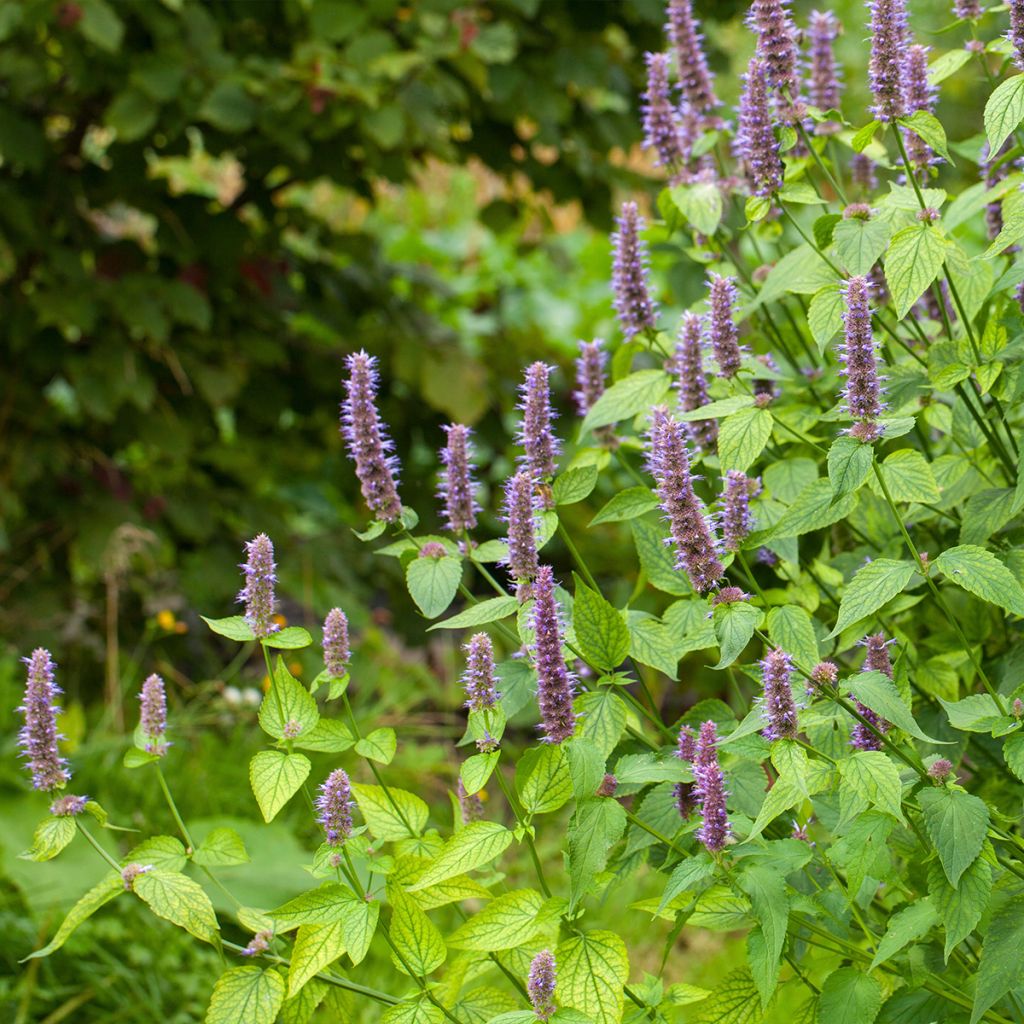

Agastache foeniculum (anisata) - Anis hysope
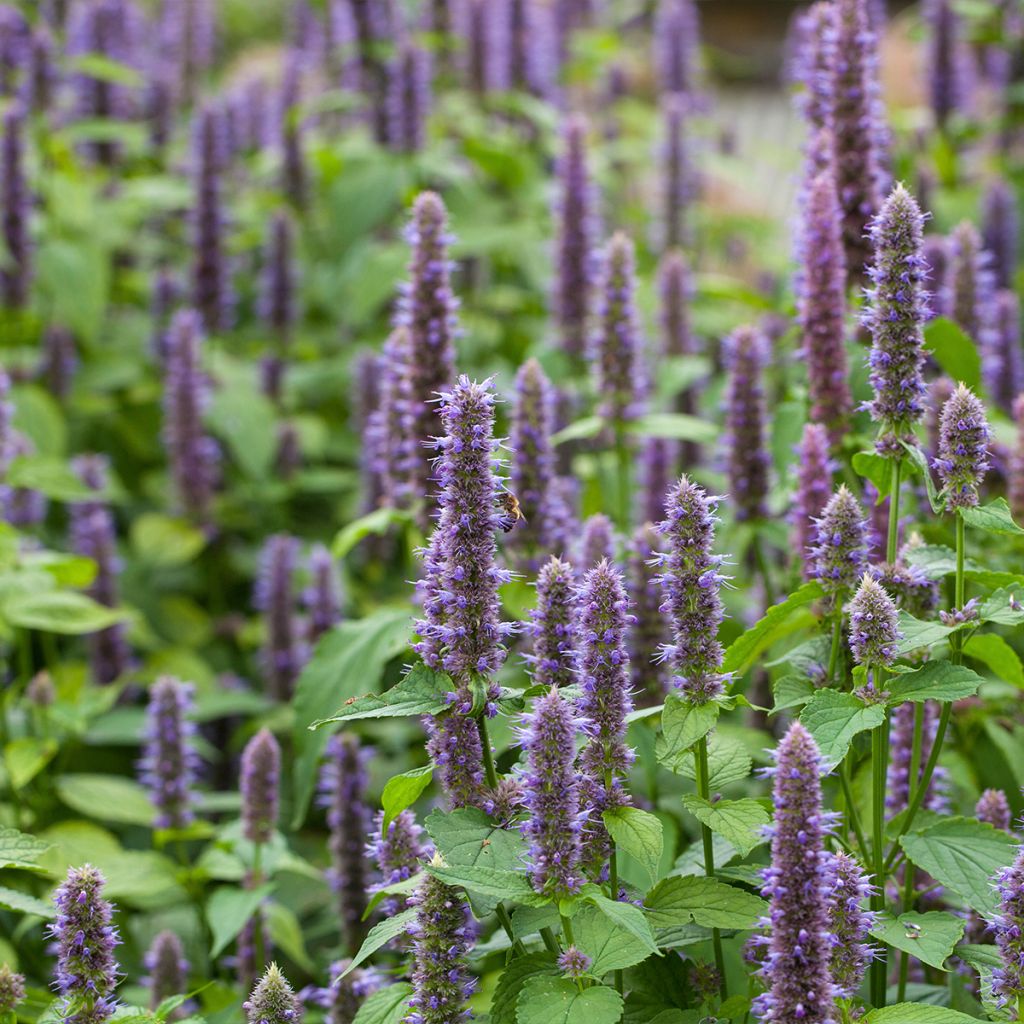

Agastache foeniculum (anisata) - Anis hysope
Agastache foeniculum (anisata)
Agastache foeniculum
Anise hyssop
Special offer!
Receive a €20 voucher for any order over €90 (excluding delivery costs, credit notes, and plastic-free options)!
1- Add your favorite plants to your cart.
2- Once you have reached €90, confirm your order (you can even choose the delivery date!).
3- As soon as your order is shipped, you will receive an email containing your voucher code, valid for 3 months (90 days).
Your voucher is unique and can only be used once, for any order with a minimum value of €20, excluding delivery costs.
Can be combined with other current offers, non-divisible and non-refundable.
Home or relay delivery (depending on size and destination)
Schedule delivery date,
and select date in basket
This plant carries a 12 months recovery warranty
More information
We guarantee the quality of our plants for a full growing cycle, and will replace at our expense any plant that fails to recover under normal climatic and planting conditions.

Would this plant suit my garden?
Set up your Plantfit profile →
Description
Agastache foeniculum, also known as anise hyssop, fennel hyssop, aniseed hyssop and giant hyssop, is a stunning perennial of medium hardiness, often grown as an annual. It is a tall and beautiful fragrant plant with aromatic leaves and flowers. In summer, it produces long magenta spikes that are particularly attractive to bees. Perfect for the wilder areas of the garden, it can also be used as a culinary herb. This agastache can self-seed where it thrives.
Agastache foeniculum belongs to the Lamiaceae family. It is native to North America. It readily hybridises with other agastache species and self-seeds abundantly. It ranges from 50cm (20in) to 1.2m (4ft) in height, depending on the soil and climate. It forms a clump of herbaceous growth with an upright habit. Its angular stems are adorned with grey-green leaves on the upper side and a whiter tone on the underside. They are thin and elongated, 8cm (3in) long, with coarsely toothed margins. They emit a scent of aniseed mixed with mint. It is primarily cultivated for the beauty and nectar-rich nature of its long flower spikes that appear from July to October. The small bilabiate tubular flowers are clustered in dense terminal spikes measuring 4 to 8cm (2 to 3in). They exude a powerful aniseed fragrance. Delicate notes of aniseed can be found in the honey produced by bees that pollinate these flowers. The wild variety has blue petals, mauve calyxes, and bracts. The above-ground vegetation is deciduous. It emerges in spring and disappears in winter.
Agastache foeniculum is a very robust plant that is easy to grow in any well-drained soil, even limestone and clay. Its roots can withstand short frosts of around -7°C (19.4°F). It works well in natural or countryside-style flower beds. It can also grow in vegetable gardens, alongside thyme, summer savory, chervil, or basil. Dried flowers can be preserved for a long time in bouquets. The leaves are traditionally used in cooking as a substitute for aniseed, or in herbal teas after drying.
Agastache foeniculum (anisata) in pictures
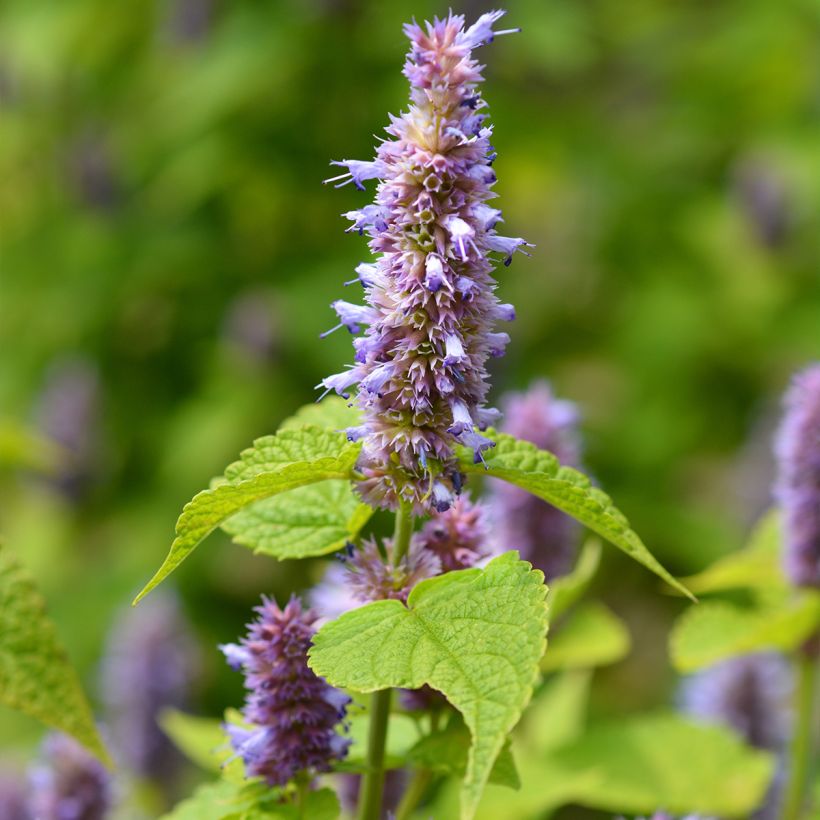

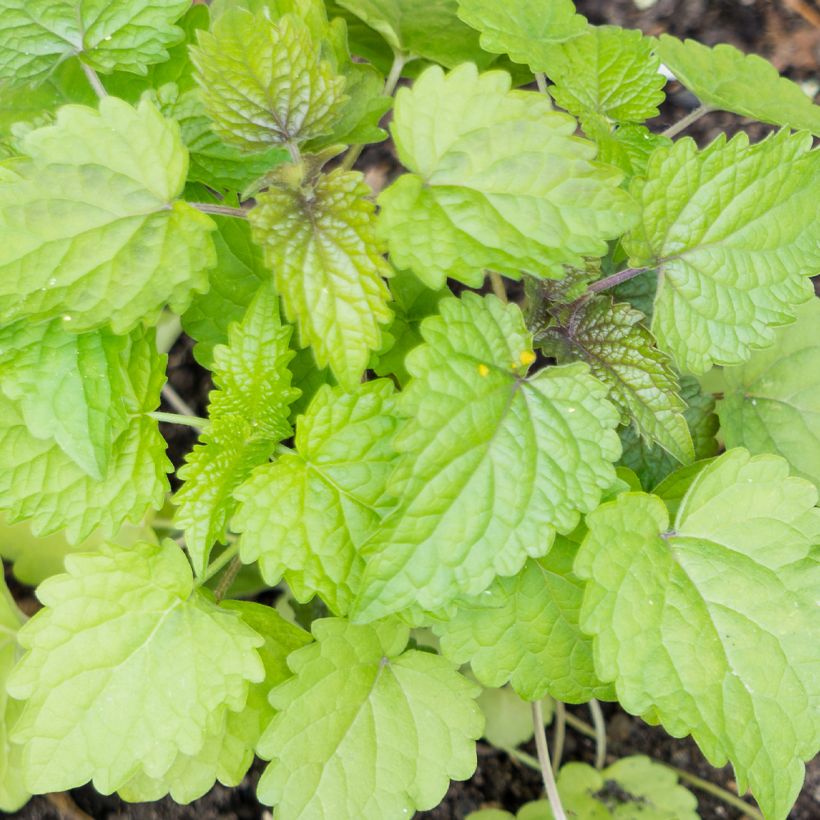

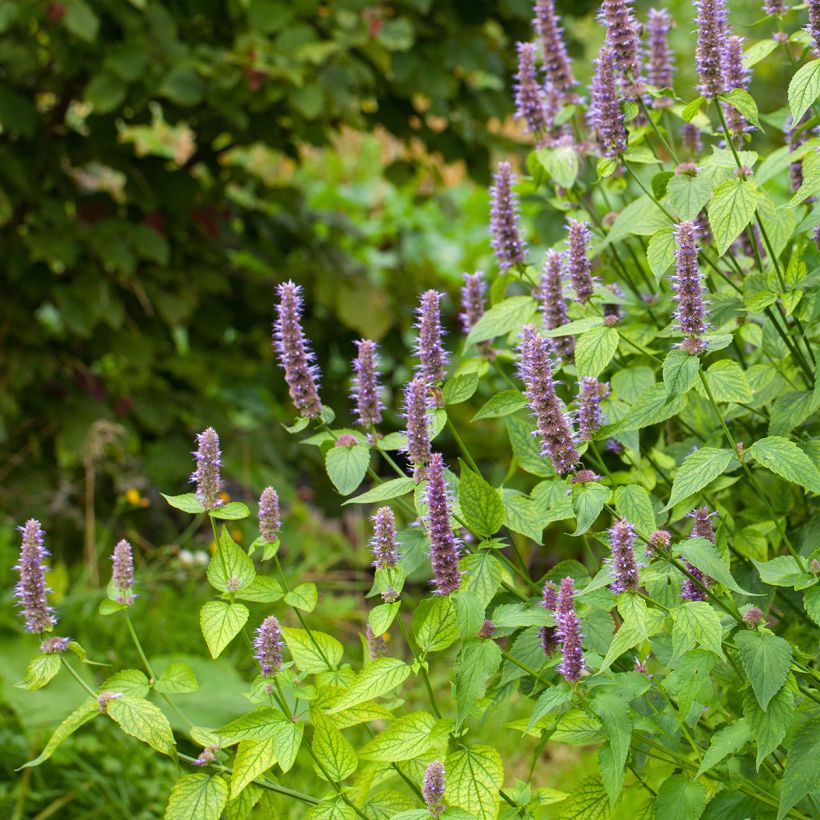

Flowering
Foliage
Plant habit
Botanical data
Agastache
foeniculum
Lamiaceae
Anise hyssop
Agastache anisata
North America
Other Agastache
View all →Planting and care
Transplant the plants outdoors when all risk of frost has passed. Space the plants 30 to 40cm (12 to 16in) apart. Plant them in ordinary, well-drained soil, in a sunny location, or even partially shaded in hot regions. It does not tolerate excessively dry soil in summer, nor excessively wet soil in winter.
Anise hyssop is a generally hardy and undemanding plant. It adapts to most soils, even limestone and clay, provided they are properly drained. In heavy soil, incorporate compost, gravel, or coarse sand into the garden soil. It prefers a sunny exposure or, at most, partial shade. It can self-seed abundantly and become invasive. It can tolerate moderate frosts (-5 to -7 °C (23 to 19.4°F)). Protect the stumps with a thick mulch in case of severe frosts. Protect from slugs and snails.
Planting period
Intended location
Care
Planting & care advice
This item has not been reviewed yet - be the first to leave a review about it.
Similar products
Haven't found what you were looking for?
Hardiness is the lowest winter temperature a plant can endure without suffering serious damage or even dying. However, hardiness is affected by location (a sheltered area, such as a patio), protection (winter cover) and soil type (hardiness is improved by well-drained soil).

Photo Sharing Terms & Conditions
In order to encourage gardeners to interact and share their experiences, Promesse de fleurs offers various media enabling content to be uploaded onto its Site - in particular via the ‘Photo sharing’ module.
The User agrees to refrain from:
- Posting any content that is illegal, prejudicial, insulting, racist, inciteful to hatred, revisionist, contrary to public decency, that infringes on privacy or on the privacy rights of third parties, in particular the publicity rights of persons and goods, intellectual property rights, or the right to privacy.
- Submitting content on behalf of a third party;
- Impersonate the identity of a third party and/or publish any personal information about a third party;
In general, the User undertakes to refrain from any unethical behaviour.
All Content (in particular text, comments, files, images, photos, videos, creative works, etc.), which may be subject to property or intellectual property rights, image or other private rights, shall remain the property of the User, subject to the limited rights granted by the terms of the licence granted by Promesse de fleurs as stated below. Users are at liberty to publish or not to publish such Content on the Site, notably via the ‘Photo Sharing’ facility, and accept that this Content shall be made public and freely accessible, notably on the Internet.
Users further acknowledge, undertake to have ,and guarantee that they hold all necessary rights and permissions to publish such material on the Site, in particular with regard to the legislation in force pertaining to any privacy, property, intellectual property, image, or contractual rights, or rights of any other nature. By publishing such Content on the Site, Users acknowledge accepting full liability as publishers of the Content within the meaning of the law, and grant Promesse de fleurs, free of charge, an inclusive, worldwide licence for the said Content for the entire duration of its publication, including all reproduction, representation, up/downloading, displaying, performing, transmission, and storage rights.
Users also grant permission for their name to be linked to the Content and accept that this link may not always be made available.
By engaging in posting material, Users consent to their Content becoming automatically accessible on the Internet, in particular on other sites and/or blogs and/or web pages of the Promesse de fleurs site, including in particular social pages and the Promesse de fleurs catalogue.
Users may secure the removal of entrusted content free of charge by issuing a simple request via our contact form.
The flowering period indicated on our website applies to countries and regions located in USDA zone 8 (France, the United Kingdom, Ireland, the Netherlands, etc.)
It will vary according to where you live:
- In zones 9 to 10 (Italy, Spain, Greece, etc.), flowering will occur about 2 to 4 weeks earlier.
- In zones 6 to 7 (Germany, Poland, Slovenia, and lower mountainous regions), flowering will be delayed by 2 to 3 weeks.
- In zone 5 (Central Europe, Scandinavia), blooming will be delayed by 3 to 5 weeks.
In temperate climates, pruning of spring-flowering shrubs (forsythia, spireas, etc.) should be done just after flowering.
Pruning of summer-flowering shrubs (Indian Lilac, Perovskia, etc.) can be done in winter or spring.
In cold regions as well as with frost-sensitive plants, avoid pruning too early when severe frosts may still occur.
The planting period indicated on our website applies to countries and regions located in USDA zone 8 (France, United Kingdom, Ireland, Netherlands).
It will vary according to where you live:
- In Mediterranean zones (Marseille, Madrid, Milan, etc.), autumn and winter are the best planting periods.
- In continental zones (Strasbourg, Munich, Vienna, etc.), delay planting by 2 to 3 weeks in spring and bring it forward by 2 to 4 weeks in autumn.
- In mountainous regions (the Alps, Pyrenees, Carpathians, etc.), it is best to plant in late spring (May-June) or late summer (August-September).
The harvesting period indicated on our website applies to countries and regions in USDA zone 8 (France, England, Ireland, the Netherlands).
In colder areas (Scandinavia, Poland, Austria...) fruit and vegetable harvests are likely to be delayed by 3-4 weeks.
In warmer areas (Italy, Spain, Greece, etc.), harvesting will probably take place earlier, depending on weather conditions.
The sowing periods indicated on our website apply to countries and regions within USDA Zone 8 (France, UK, Ireland, Netherlands).
In colder areas (Scandinavia, Poland, Austria...), delay any outdoor sowing by 3-4 weeks, or sow under glass.
In warmer climes (Italy, Spain, Greece, etc.), bring outdoor sowing forward by a few weeks.






























